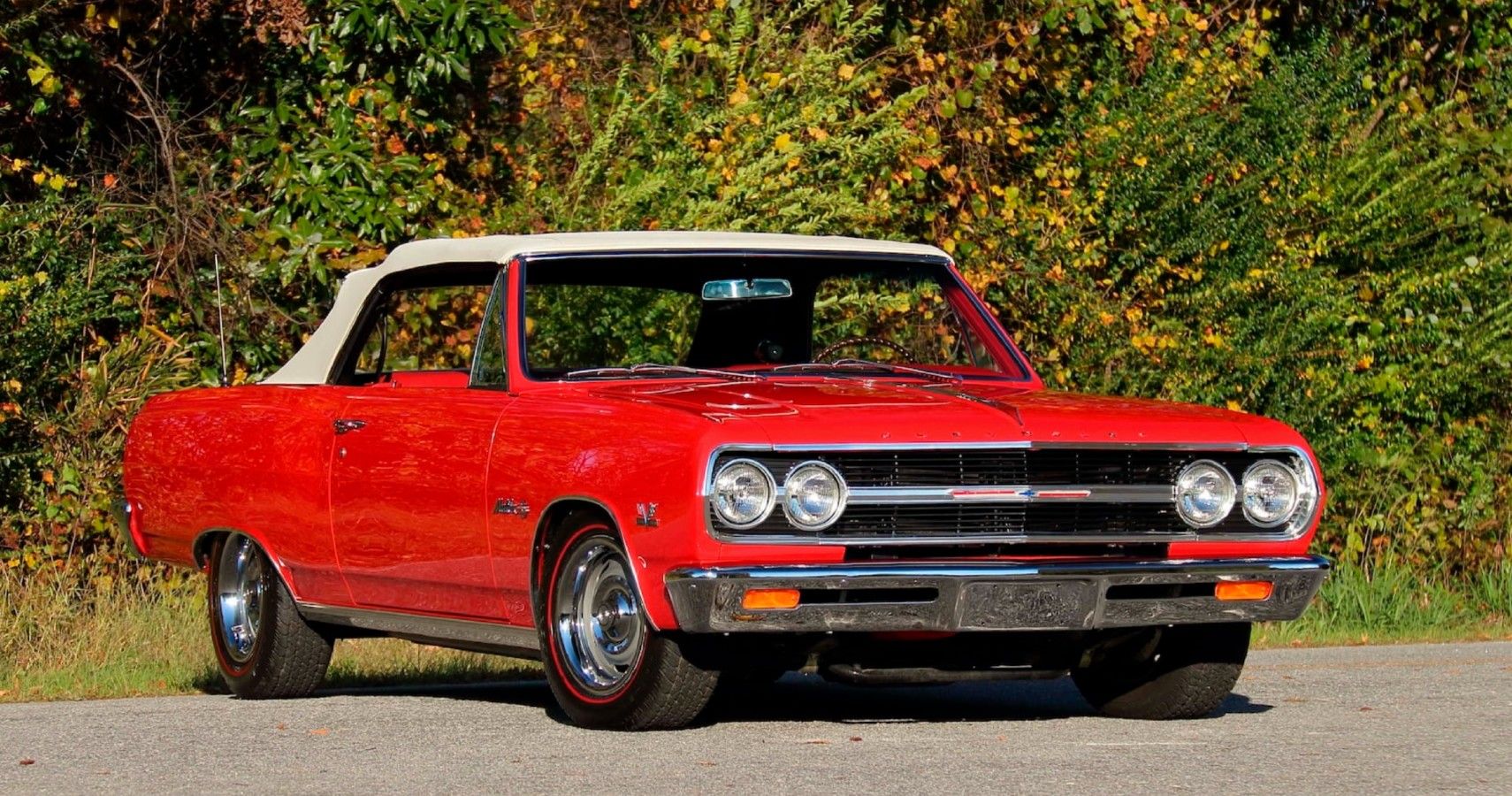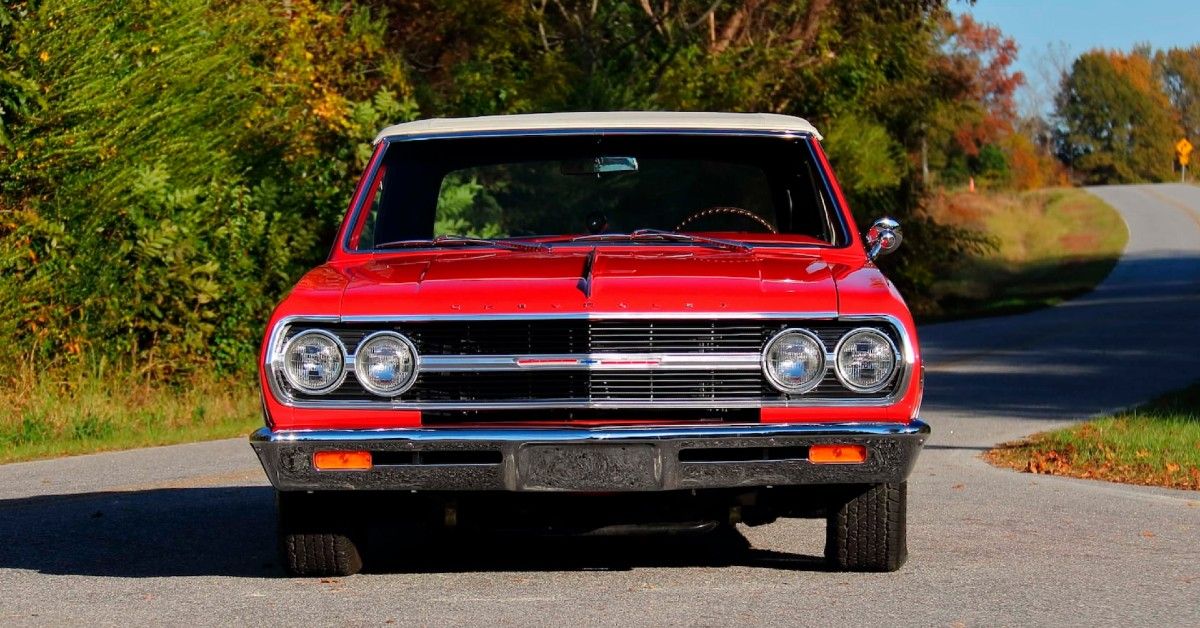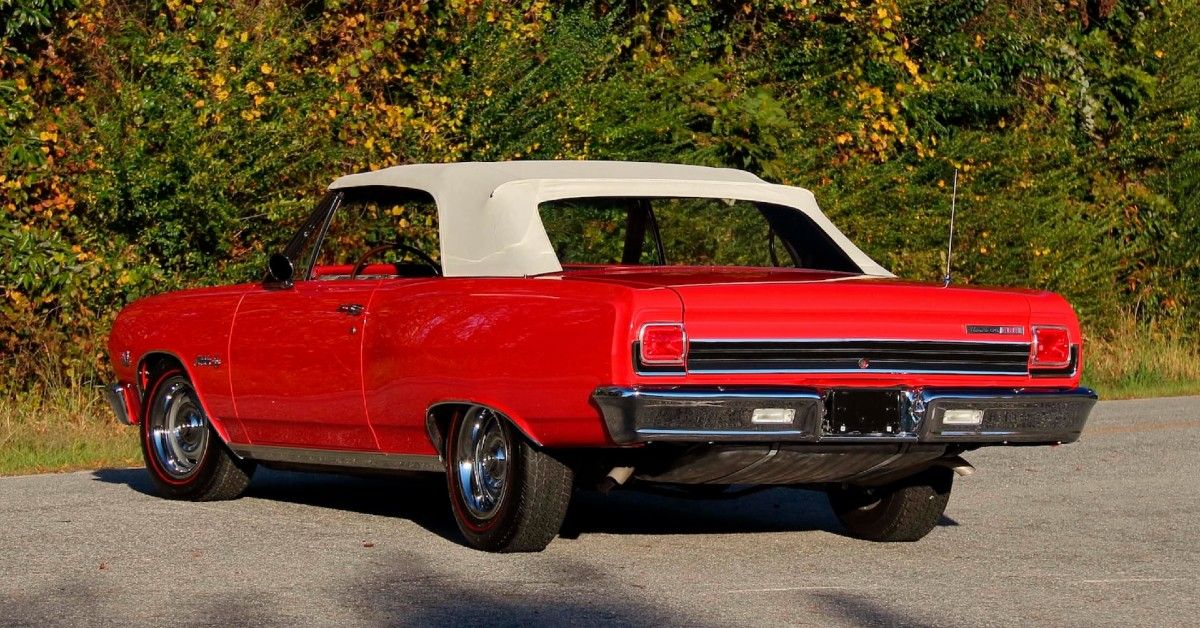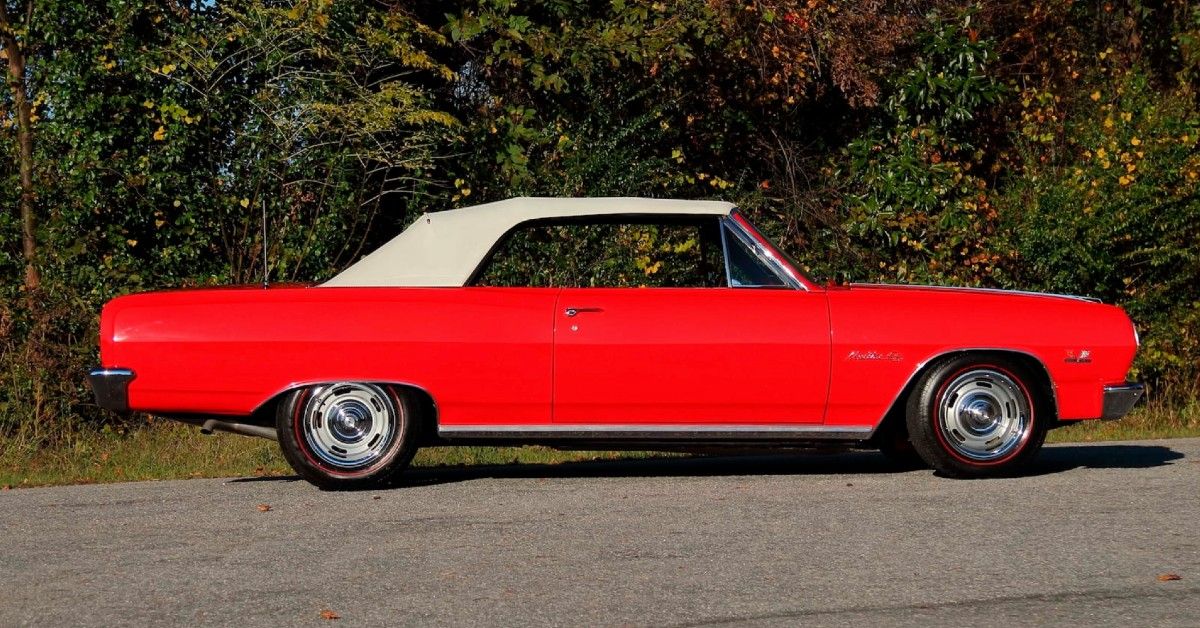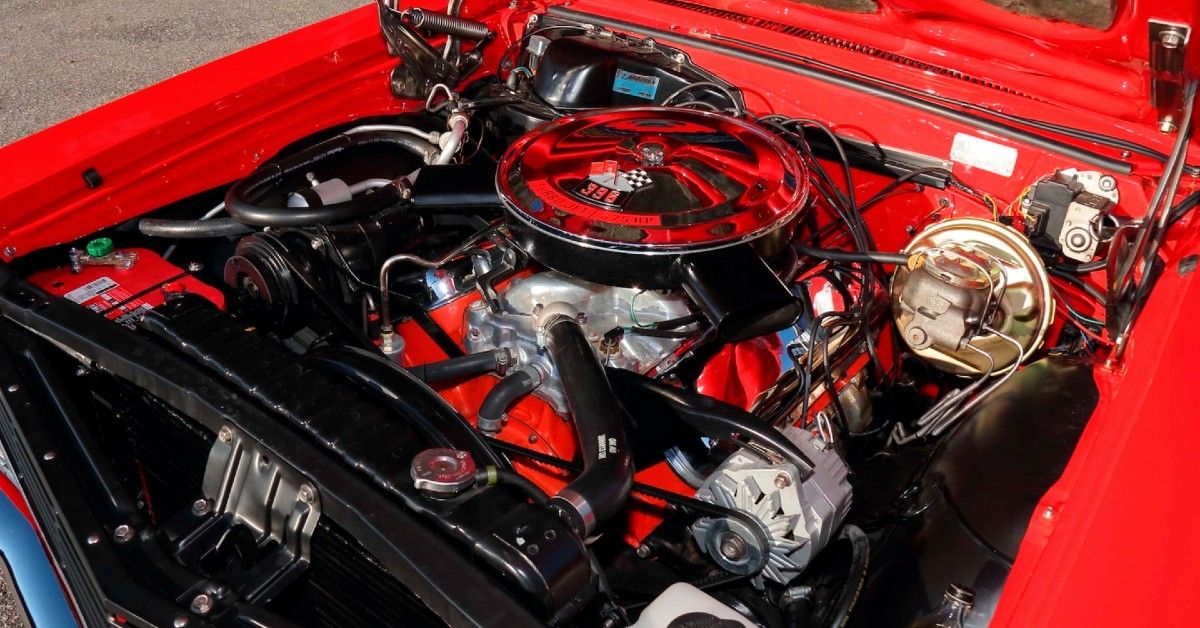Chevrolet has plenty to boast about in the arena of low-volume, high-performance muscle cars from the golden age. We can quickly tick off the apex-hunting ’69 Camaro COPO ZL1, followed by the ’68 COPO Nova SS lightweight Cheetah and the 1970 Chevelle SS 454 LS6 convertible. Besides their power and performance, something else these 1960s icons have in common is their low production figures that never reached triple digits.
Furthermore, Chevrolet jumped into the pony car fray just three years after the Barracuda and Mustang got the party started. It's been the perfect time since 2019 to buy an understated, overachieving muscle car like the Chevelle Malibu SS. The Malibu is one of Chevrolet’s longest-running nameplates and one of the ever-declining number of homegrown sedans still kicking it in a market dominated by SUVs from small to medium and large-sized.
After all these years, the Malibu has remained unwavering in its mission to offer the American public and drivers elsewhere reliable midsize transportation they can actually afford. Back in the day, the Malibu was the top-ranking variant of the Chevrolet Chevelle. Pair it with the SS package, and you have yourself the ultimate Chevy horsepower in the intermediate muscle car class.
Brief Overview Of The 1965 Chevrolet Malibu SS
Some hardcore gearheads might argue that Pontiac was ahead of the game. It was certainly more popular, explaining why it came into its own as a GM division when Oakland got canceled in 1931. The Pontiac GTO was the Chevelle SS’s biggest competitor and got recognized as the first American muscle car.
Pontiac created the world's first honest-to-God muscle car (the 1964 Pontiac GTO), but Chevrolet didn't shrink back in fear. It instead unleashed its first RWD in a roomy two-door body cradling a lightweight but powerful V8. The affordability of this concussion cemented Chevrolet’s fright-inducing position among automakers, both at home and abroad. The concussion in question was the 1965 Chevrolet Chevelle Malibu SS. You could go further by adding the number – 396 Z16.
The Chevelle Malibu SS (or just Chevelle SS) garnered the love and affection of enthusiasts not long after it was born. It commanded a large following while at it, including parts suppliers, specialists, and wide-eyed pundits. The best part is that the car is still within the reach of the average Joe because the price hasn’t skyrocketed over the years like every other classic we know. That’s unless you’re gunning for the ultra-low-volume variant with those extra figures – 396 – continuing where the SS stopped.
Only 201 of the Chevelle SS 396 (often referred to by its Z16 option code) got built. We watched teary-eyed as one changed hands at a Mecum auction in 2018 for $280,500. The SS package wasn’t all that in the Malibu’s 1964 debut year, just basically the "SS" badges on the quarters and rear panel between the taillights and hubcaps. It also included a special instrument cluster, bucket seats, and a four-speed manual/two-speed "Powerglide" automatic.
Under the hood of the "SS" package lurked six-cylinders and small-block V8 mills, with the 283 single four-barrel initially topping the rank. Later in the model year, the 327 got rolled out in 250 and 300 horsepower flavors. In 1965, the 327 returned with 250 hp, 300 hp, and 350 hp options, but the top dog was the 375-horsepowered Malibu SS 396-RPO Z16. Chevrolet spiced things up with new fender badges displaying flags waving from the sides of the 283's "V" emblem.
The 1965 Chevrolet Malibu SS Exterior
Chevrolet offered the Malibu SS in two-door sport coupe and convertible body styles. The redesigned front fender we mentioned above resulted in the 1965 model year Malibu SS measuring 2.7 inches longer than the '64 model, although the difference lay in the front overhang only. The rear overhang remained the same, and so did the doors, quarter panels, and trunk lid.
However, the 1965 Chevy Malibu SS featured a redesigned rear bumper due to the newly built-in reverse light flanking the license plate cove. The floor pan remained unchanged until the 1967 model year. Although prone to rust, particularly in the door bottoms, around the wheelhouses, the cabin floor, lower fenders, and trunk floor, reproduction body panels for the ’65 Chevelle SS are readily available.
The 1965 Chevrolet Malibu SS Drivetrain
For its 1964 – 1965 outings, the Chevy Chevelle rode on an all-welded perimeter frame, with the convertible variant and the 1965 SS 396 featuring boxed side rails. The front suspension was standard period-GM, comprising upper and lower control arms with coil springs, tubular shocks, and a stabilizer bar. The rear suspension comprised a four-link setup with lower control arms below the axle tubes, coil springs, tubular shocks, and upper control arms attached to the top center portion of the axle housing.
It came with an optional F40 special front and rear suspension, as well as optional rear air shock absorbers. New additions to the 1965 Chevy Chevelle included rubber-padded mounts under the radiator support and larger rear suspension upper control arm bushings. This model year sat more than an inch lower than the '64 model, thanks to the revised coil springs. The SS 396 used 11-inch brake drums, with the standard Malibu SS featuring 9.5-inch hydraulic drums with optional power assist and metallic linings.
The 1965 Chevrolet Malibu SS Engine
The Chevrolet Malibu got power from a range of eight engines with more than a dozen configurations paired with various transmission options. The 194 and 230 comprised the six-cylinders, while V8 offerings included the two-barrel 283 (initially excluded but returned with the ’65 model year), the four-barrel 283, three four-barrel topped 327s (Rochester 4GC on the 250 hp engine, Carter AFB on the 300 hp, and Holley on the 350 hp), as well as the 396 only available with the SS 396 package.
Dual exhaust was standard on the 300 and 350 hp 327s and the 396 and was available as an option on the 250 hp 327. Chevrolet paired the SS 396 with a four-speed manual gearbox as the only available transmission, while the 350 hp 327 got three or four-speed manual gearboxes as the only available transmission setup.
That leaves the 300 and 350 horsepower 327s, which got paired with either the Chevy two-speed "Powerglide" automatic or a three or four-speed manual setup. The 250 to 300 hp two-barrel 283 engine options got married to Powerglide, three or four-speed, as well as a three-speed with overdrive. The sixes didn’t get the four-speed manual transmission, settling instead with the three-speed manual, the automatic options, and three-speed with overdrive.

